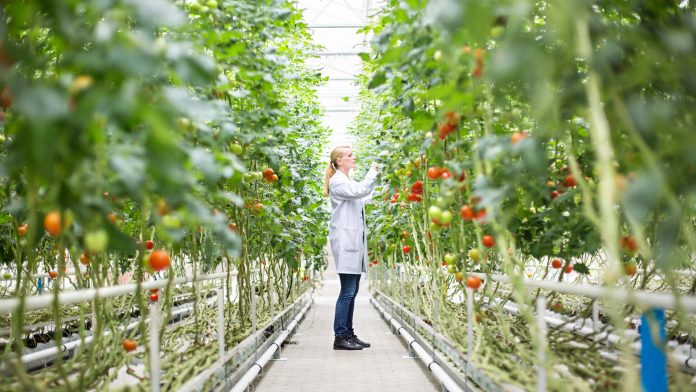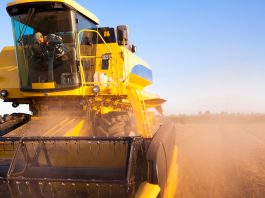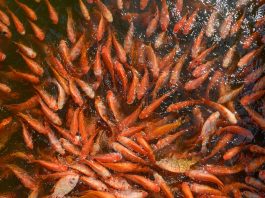Researchers at King Abdullah University of Science and Technology (KAUST) have developed microneedles in several plant-friendly polymers that could enhance sustainable farming.
This novel technique for developing ultrathin sensors for observing the health of crops may assist farmers in growing more food without putting extra demands on the land, thus enhancing sustainable farming.
Intensive agriculture is already adding to widespread biodiversity loss and climate change and increasing populations are putting further pressure on farmers to grow more food. The difficulty now lies in boosting agricultural production without clearing more land or using unnecessary fertilisers. Precision farming is an encouraging resolution that entails real-time monitoring of plant needs and responding to them with precise quantities of water, light, or nutrients.
“Precision farming typically relies on soil-based sensors or drones fitted with special cameras,” explained Ph.D. student Abdullah Bukhamsin, “but they cannot capture changes in the plant early enough to enable intervention.”
Previous studies have indicated that measuring bioimpedance — how easily an electrical current passes through organic tissues— is capable of divulging physiological information about a plant, from its nitrogen and water content to the presence of fungal infections or metal contaminants.
Plants, however, have a thick outer layer that can block electrical signals, and bioimpedance sensors must pierce the surface without impacting the properties they want to assess. It continues to be challenging to produce instruments tiny and thin enough to do this job.
Now, a multidisciplinary group of researchers from KAUST, led by Khaled Salama, have successfully developed an effective technique for making silicone moulds that can be utilised to produce ultrathin microneedles. These delicate needles can be released intact by submerging the mould in trichloromethane. “The swelling causes the mould to expand ever so slightly, thereby gently pushing the trapped structure out,” explained Bukhamsin.
The reusable moulds may facilitate the development of cost-effective, mass-produced microneedles in several plant-friendly polymers. When the researchers tested their microneedle on an Arabidopsis thaliana leaf, the puncture hole sealed within four days and the plant was left unharmed.
“In our tests, the impedance measurements were closely related to how much light a plant has been exposed to and how dehydrated it is,” said Bukhamsin. “This bioimpedance data could be used alongside shading technologies and an irrigation system that responds to the actual needs of the crops, thereby avoiding overwatering.” Unexpectedly, this relationship was almost identical in other crops, including date palm and barley. “This is promising as it highlights the versatility of the approach and its potential applicability across different plants,” he continued.
“Next, we will explore what other environmental factors affect the impedance of plants,” added Salama, “and how we can use electrochemical measurements to quantify hormone levels in different plant species.”
This comprehensive data could result in more finely tuned precision farming in the future.









